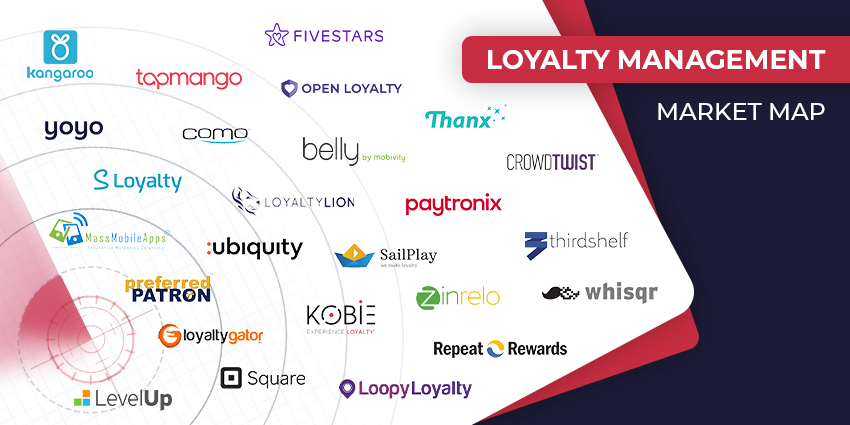Organizations typically monitor metrics across the following three groups: customer engagement, employee experience, and business outcomes.
Customer engagement metrics offer crucial insights into the experience customers have with a brand.
While many focus on a north star metric to measure engagement – such as a net promoter score – there are many possibilities to track.
These may transcend departments, from campaign open rates in marketing to first contact resolution in customer service.
However, the most prominent customer engagement metrics expand beyond the confines of different departments, bringing everyone together with a single focus to facilitate a better experience.
Here are some of the most well-established metrics, alongside a quick overview of each.
5 Leading Customer Engagement Metrics
Customer engagement metrics typically align with the organization’s vision. So, for instance, if it wishes to become “the easiest company to do business with,” it may well want to fixate on customer effort.
From there, the business may devise several initiatives to streamline the customer journey – using the customer effort score (CES) to track its progress.
However, this is only one example. Here are many more customer engagement metrics businesses may utilize to add perspective to their customer experience.
1. Customer Satisfaction (CSAT)
The metric gauges customer happiness at a particular point in their journey. Conventionally, it is survey-based, with brands asking customers to state how happy they are on a scale. The business then averages the score, which it tracks over time to benchmark internal performance.
Yet, nowadays, many companies use conversational analytics tools to detect sentiment within contact center conversations to measure CSAT more accurately and less intrusively.
2. Net Promoter Score (NPS)
First put forward as “the one number you need to grow“, NPS indicates the percentage of customers willing to recommend the company to family and friends.
Businesses measure NPS on a scale of one to ten, considering everyone who gives them a score of one to six a “detractor”, seven or eight a “neutral”, and nine or ten a “promoter”. The latter includes those who actively recommend the business. These are most likely to stay loyal and – while doing so – enhance the company’s customer acquisition efforts.
3. Customer Effort Score (CES)
Businesses often calculate the metric at the end of a customer’s journey. They ask each customer how much effort they had to exert to complete their journey on a scale. It then finds an average, which becomes an internal benchmark over time.
The metric has become prominent with the concept that an effortless customer journey enables greater loyalty than delighting customers.
4. Customer Lifetime Value (CLV)
CLV estimates the total value a customer creates for the company throughout their relationship. If it increases, then this indicates that the business is benefiting from a better level of engagement and aligning its proposition with customer needs, desires, and preferences.
5. Customer Churn Rate
When customer engagement is low, retention becomes a more pressing problem. With this in mind, companies track churn rates to understand how many people have stopped doing business with them.
The metric helps to align customer engagement efforts with business outcomes, and if organizations can align the two, they can often win more investment in customer experience from business leaders.
Are Your Customers Engaged?
It’s not just the number of customers a business has that matters in today’s landscape, but the loyalty of those customers too.
If the business doesn’t engage its clients, it will struggle to convince them that they should stick around when a competitor comes knocking at their door.
Measuring the metrics above helps determine how changes to customer journeys impact engagement levels and – ultimately – bottom-line revenues.







